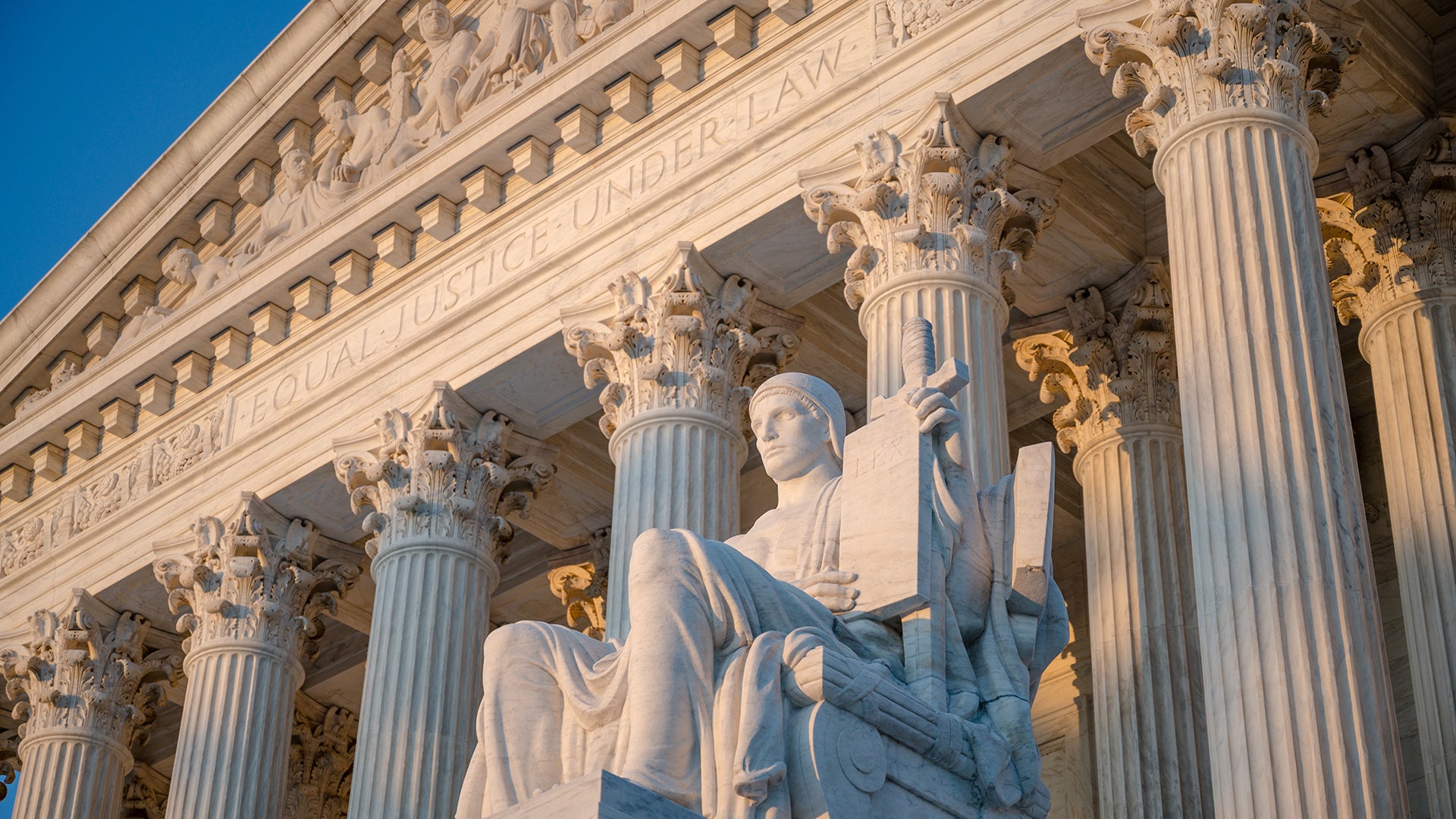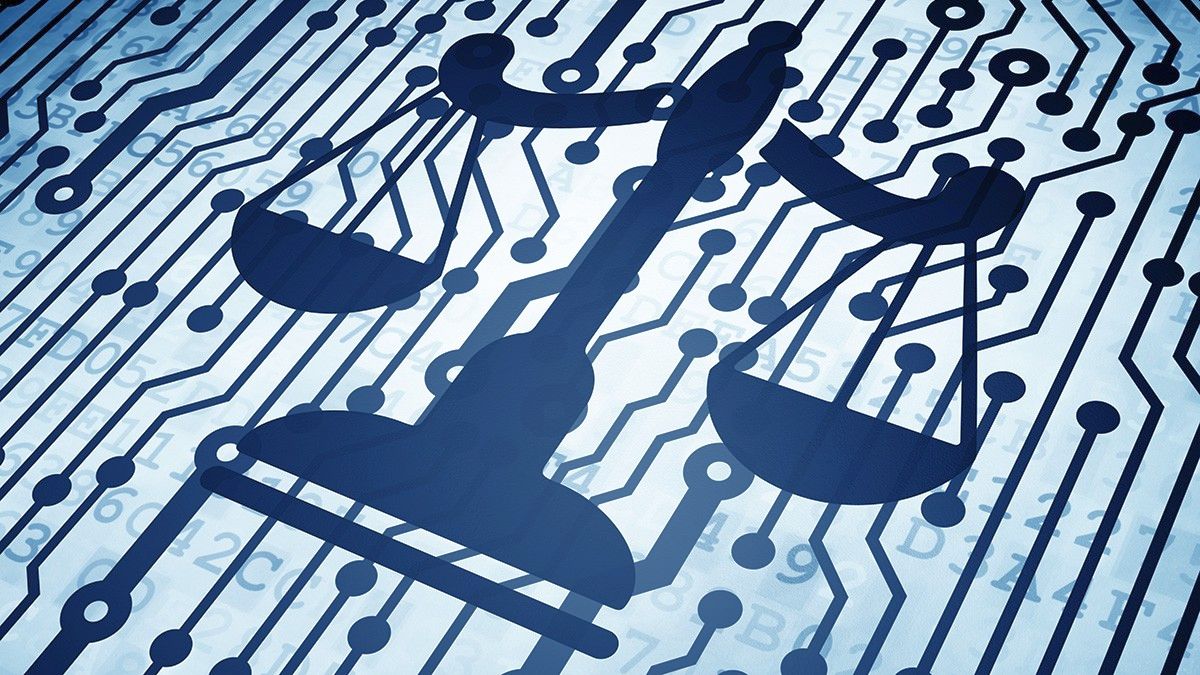The foundation of any functioning legal system rests on a series of established guidelines that shape decision-making processes within courts. These guiding tenets work to maintain consistency, promote fairness, and uphold the integrity of justice over time. As courts interpret laws and apply them to various cases, they inevitably set ideals that future rulings will reference.
This intricate relationship between previous judgments and present cases ensures that similar circumstances yield similar results, fostering trust among citizens in the legal framework. By adhering to established rulings, judges create a predictable environment where individuals can anticipate the outcomes of their actions based on historical decisions.
Examining this principle illuminates its crucial role in shaping not only judicial proceedings but also broader societal norms. The bindings of these earlier verdicts influence not just the current legal landscape but also encourage a degree of stability that allows individuals and entities to navigate potential disputes with greater confidence.
Defining Stare Decisis in Law
This principle serves as a cornerstone in judicial systems, ensuring consistency and predictability in legal rulings. It emphasizes reliance on previous decisions made by courts when addressing similar cases. As a result, parties involved in litigation can anticipate potential outcomes based on established rulings. Such stability plays a critical role in promoting confidence in legal processes and fostering respect for judiciary outcomes.
Essentially, the application of this principle not only guides judges but also influences the behavior of attorneys and litigants. By adhering to past judgments, a legal framework is maintained, reducing the likelihood of arbitrary decisions. This practice is significant for upholding fairness within society.
| Key Features | Description |
|---|---|
| Consistency | Encourages uniform application of laws over time. |
| Predictability | Allows parties to forecast legal outcomes based on prior rulings. |
| Judicial Efficiency | Reduces time spent on deliberating similar issues in court. |
| Respect for Decisions | Promotes adherence to established legal norms and rulings. |
Historical Development of Legal Precedents
The evolution of judicial decisions has played a crucial role in shaping modern jurisprudence. Over centuries, various legal systems have recognized the importance of previously adjudicated cases in guiding future rulings. This reliance on past judgments has fostered stability and predictability within the law, allowing for a more coherent legal framework.
Ancient Civilizations
In ancient societies, customary practices often served as the foundation for resolving disputes. Early legal traditions, such as those found in Mesopotamia and Ancient Rome, established guidelines that judges would follow, creating a rudimentary form of precedent. These early rulings laid the groundwork for future adjudications, ensuring consistency and fairness within the community.
Common Law System
With the emergence of the common law system in medieval England, the practice of relying on prior cases became formalized. Judges began to reference earlier judgments explicitly in their opinions, thereby constructing a body of law enriched by previous decisions. This system fostered a culture where legal interpretations were not only based on statutory laws but also on the principles derived from earlier court rulings.
| Period | Key Developments |
|---|---|
| Ancient Civilizations | Foundation of customary practices as legal guidelines. |
| Medieval England | Formalization of referencing previous cases in court decisions. |
| Modern Era | Clarification of legal principles through systematic collections of case law. |
The Role of Supreme Court Decisions
Supreme Court rulings play a pivotal part in shaping the direction of judicial interpretation within a nation’s legal landscape. These high-level judgments not only address specific cases but also set vital benchmarks that influence subsequent litigation and the application of law in various contexts.
Through their rulings, justices provide clarity and guidance on complex constitutional matters. The significance of these decisions can be observed in several key areas:
- Establishing Authority: Supreme Court verdicts serve as the ultimate reference point for lower courts, ensuring a unified approach to similar cases.
- Influencing Legislation: Decisions often prompt lawmakers to revisit or revise existing statutes, reflecting shifting societal norms and values.
- Social Change: Landmark judgments have the potential to alter public policy and public perception, driving progress in civil rights and liberties.
Moreover, the principles articulated in Supreme Court decisions frequently permeate into everyday practices, affecting how laws are interpreted by judges, attorneys, and the public.
In essence, Supreme Court judgments are not just isolated legal opinions; they are foundational elements that echo throughout the judicial system, ensuring consistency, fairness, and adaptability in the law.
Implications for Future Court Rulings
The reliance on established principles within judicial systems shapes anticipated outcomes of forthcoming decisions. By adhering to prior judgments, courts ensure consistency, navigability, and predictability in their rulings. This approach fosters public confidence in the justice system and provides a framework for lawyers and litigants alike to strategize their cases.
Following this method, several key implications emerge:
- Consistency in Judgments: By building on historical verdicts, courts maintain a stable legal landscape that minimizes unexpected shifts.
- Guidance for Lower Courts: Lower tribunals often mirror the reasoning of higher courts, which streamlines judicial processes and eases the workload across the system.
- Encouragement for Legal Predictability: Parties involved in litigation can better gauge potential outcomes based on previous rulings, facilitating informed decision-making.
- Influence on Legislative Change: Persistent reliance on prior rulings may prompt lawmakers to consider amendments, aware that judicial interpretations directly impact their statutes.
- Social Contract: Society’s trust in the judiciary is reinforced when courts showcase a commitment to settled rules and principles over time.
Moreover, this approach can lead to the evolution of the legal landscape over time. As societal values change, courts may reassess outdated principles without entirely disregarding previous rulings. This balance is crucial in fostering a responsive legal system.
In summary, an awareness of the significance of previous rulings not only guides current legal practitioners but also shapes the trajectory of future judicial actions and legislative frameworks.
Challenges to the Doctrine’s Application
Numerous obstacles arise when applying established legal principles in contemporary settings. Variations in societal values, advancements in technology, and evolving norms can create friction between traditional decisions and current realities. As cases unfold, courts may find themselves at a crossroads, necessitating a reevaluation of prior judgments to address unique or unforeseen circumstances.
Additionally, interpretations of earlier rulings can diverge, resulting in inconsistent applications across jurisdictions. This inconsistency can lead to confusion among practitioners and the public, questioning the reliability of such rulings in guiding future cases. As judges grapple with these challenges, the tension between honoring past decisions and responding to new issues often becomes a central theme in legal discourse.
Furthermore, critics argue that an overreliance on historical outcomes may stifle innovation or restrict justice. Where old precedents may no longer serve fairness or allow for appropriate remedies, courts are challenged to find a balance between respecting tradition and advocating for progress.
Lastly, the prevalence of complex legal landscapes further complicates adherence to former judgments. As new statutes emerge or courts encounter multifaceted questions, reliance on old frameworks may hinder the pursuit of clarity and equity within the justice system.
Global Perspectives on Legal Consistency
Consistency within judicial systems plays a vital role in ensuring fairness and predictability across various jurisdictions. Countries approach this concept through different lenses, influencing how courts interpret laws and make decisions. This section explores diverse international perspectives on maintaining uniformity in legal rulings.
Comparative Approaches
Different nations have adopted unique methods to achieve stability in their judiciary processes. Some of these approaches include:
- Common Law Systems: In these jurisdictions, past judicial rulings significantly shape future cases, fostering a reliance on established decisions.
- Civil Law Systems: Legal codes dominate, with judges focusing on applying statutes rather than previous verdicts, leading to more rigid interpretations.
- Hybrid Models: Certain regions blend features from both common and civil law systems, creating versatility in their application of consistent legal principles.
Influence of Cultural Context
Legal uniformity is also influenced by cultural factors, which can affect the perception and implementation of judicial decisions. Key elements include:
- Societal Values: Cultural norms can dictate expectations regarding fairness, impacting how laws are interpreted.
- Historical Background: A nation’s legal history shapes its current practices, with some legal traditions deeply rooted in local customs.
- Globalization: International interactions encourage alignment in certain legal standards, promoting consistency across borders while respecting local uniqueness.
By examining diverse frameworks and cultural influences, a broader understanding of how consistency is maintained in legal systems worldwide emerges, revealing both challenges and advantages inherent in these methodologies.
Q&A: The doctrine of stare decisis
What is the doctrine of stare decisis, and why is it important in the legal system?
The doctrine of stare decisis is a legal principle that mandates courts to follow precedents set by previous decisions when making rulings on similar cases. This principle is crucial because it ensures consistency and predictability in the law, allowing parties in a legal dispute to have a clearer understanding of how the law is likely to be applied. It promotes fairness by ensuring that similar cases are treated alike, thus upholding the integrity of the judicial system.
Can you explain how stare decisis influences judicial decision-making?
Stare decisis influences judicial decision-making by requiring judges to rely on established precedents rather than making decisions purely based on personal discretion or public opinion. When faced with a case, judges will look at previous rulings and apply the same legal reasoning and outcomes unless there’s a compelling reason to deviate, such as a significant change in societal values or a flawed precedent. This reliance on prior decisions helps maintain harmony and coherence in the law, shaping the way laws evolve over time through careful adjudication.
Are there any exceptions to the doctrine of stare decisis?
Yes, there are exceptions to the doctrine of stare decisis. Courts may choose to overturn a precedent if they believe it is wrongly decided or no longer relevant due to changing social values, technological advancements, or new legislation. For example, the U.S. Supreme Court has at times reversed its previous rulings, such as in *Brown v. Board of Education*, which overturned the precedent set by *Plessy v. Ferguson*. These shifts demonstrate that while stare decisis is fundamentally important, the law must also be adaptable to the evolving needs of society.
How does stare decisis relate to the concept of legal precedent?
Stare decisis is intrinsically connected to the concept of legal precedent. Precedent refers to prior court decisions that serve as a rule or example for future cases. Stare decisis is the guiding principle that compels courts to follow these precedents in similar circumstances. This relationship creates a hierarchical system of law, where higher courts’ decisions serve as binding precedent for lower courts. Maintaining this consistency helps all parties understand the potential outcomes of legal disputes, reinforcing the rule of law and judicial predictability.
What are the potential drawbacks of the doctrine of stare decisis?
While the doctrine of stare decisis promotes stability and consistency, it can also have drawbacks. For instance, it may lead to the perpetuation of outdated or unjust precedents, inhibiting legal reform. Rigid adherence to precedent can prevent the legal system from adapting to new circumstances or evolving societal norms. Additionally, lower courts may feel constrained by precedent, even when they encounter cases that present unique or novel issues. To address these drawbacks, courts occasionally re-evaluate and overturn precedents to ensure that the law remains relevant and just.
What is the principle of horizontal stare decisis, and how does it impact court rulings?
Horizontal stare decisis refers to the principle that a court should adhere to its own previous rulings to ensure the consistent development of legal principles. This doctrine encourages courts, particularly appellate courts, to stand by things decided in earlier cases, preserving reliance on judicial decisions and maintaining the perceived integrity of the judicial process.
How does vertical stare decisis differ from horizontal stare decisis?
Vertical stare decisis is the judicial doctrine where lower courts must follow the rulings made by higher courts within the same jurisdiction, such as a state supreme court or the U.S. Supreme Court. This ensures that rulings are consistent across different levels of the judiciary, whereas horizontal stare decisis refers to a court following its own precedent.
How did the U.S. Supreme Court apply stare decisis in the case of Brown v. Board of Education?
In Brown v. Board of Education, the Supreme Court overruled the precedent set by Plessy v. Ferguson, which had allowed racial segregation under the “separate but equal” doctrine. The Court’s decision in Brown marked a significant shift in applying stare decisis, as the justices found that the previous doctrine no longer aligned with modern understandings of racial equality and constitutional rights.
What is the significance of reliance interests in the stare decisis doctrine?
Reliance interests refer to the extent to which individuals, organizations, or governments have relied on a judicial precedent when making decisions. In applying stare decisis, courts consider these interests, as overturning a settled right or legal ruling could disrupt established practices and undermine the actual and perceived integrity of the judicial process.
Why did the Supreme Court’s decision in Roe v. Wade continue to stand for decades under stare decisis?
The Supreme Court ruled in Roe v. Wade that the right to an abortion was constitutionally protected, and the decision stood for decades because of the reliance interests and the principle of stare decisis. Overruling Roe would have required the Court to justify disrupting a settled right and overturning precedent that many had relied upon for legal and medical decisions.





